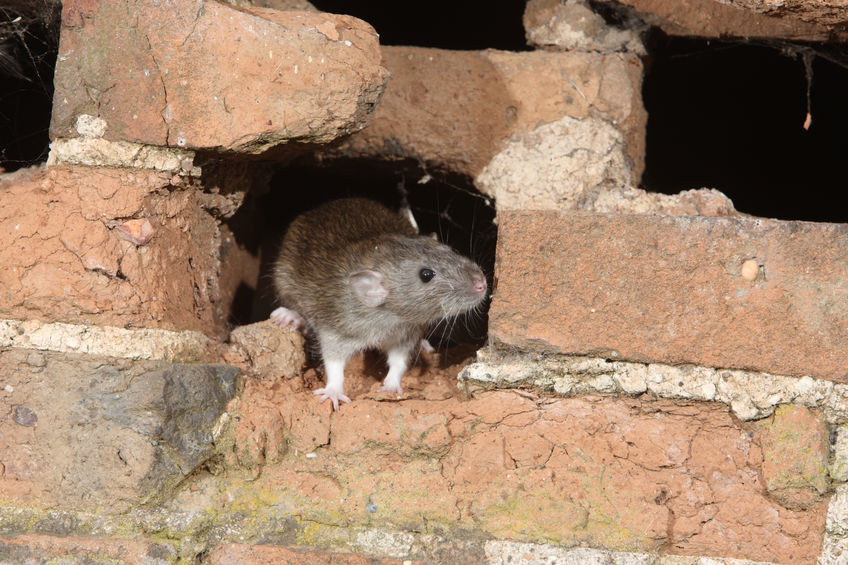Understanding The Norway Rat
The Norway Rat, also known as the sewer or street rat, is a rodent species of asian origin that is believed to have arrived in the US by boat in the 1700s. Today, this species of rat has spread worldwide. They are colorblind and their vision is fairly poor overall, but their other senses such as taste, touch, hearing and smell are very sharp. They are also not the most agile rat species out there, but they can hold their own when it comes to swimming, jumping, climbing and running.
Identifying the Norway Rat
The Norway Rat is about seven to nine inches in length with brown fur and a white/grey underbelly. They have small eyes and ears, a blunt snout, and their tail is shorter than their bodies.
When you have a Norway Rat infestation in the home, the first sign you will notice will be the gnaw marks. Newer marks will be smooth and often greasy, from the grease found in their fur, and older marks will be tougher in texture. You might also notice capsule-shaped droppings, with blunt ends. You might also notice footprints, greasy, dark rub marks across the walls of the home, food leftovers, or damaged food packaging.
How to prevent a Norway Rat infestation?
Norway rats will reproduce fast, often giving birth to three to six litters per year per female. This makes prevention methods all the more important.
The Norway Rat is drawn to piles of wood, so if you have any firewood on your property, you should keep it as far away from your structures as possible. Also, make sure that you remove any debris piles so that the rats can’t use them for nests. You then want to use steel wool to plug any holes in the exterior of the home, and fix any leaky pipes, especially those in your basement and crawlspaces. These pipes will attract rats looking for water to drink. If you already have an infestation, make sure that you enclose all food so that it does not become contaminated. Finally, make sure that you regularly take out the trash, and that it is stored in tight containers that are hard to access.
The habits of the Norway Rat
The Norway rat is a social animal, and it will usually build its burrow close to other rats. Their burrows will usually have one entrance and a bolt-hole, which is used to escape in case a predator finds the burrow.
Outdoors, this rat will live in fields, various structures and farmlands. They will build burrows in soil along riverbanks, streams and railroad embankments, and they will also find a home in garbage, wood piles, and under concrete slabs.
The Norway rat is nocturnal, and it is known to hoard any food it forages so that it can consume it throughout the day. It also has very powerful teeth, being able to gnaw through everything from plastic to lead pipes in its search for food.
Do you have a rat infestation?
Like any species of rat, the Norway rat can transmit a variety of dangerous diseases. It is very important to remove an infestation as soon as you notice it. If you have a rat infestation, contact us right away.

